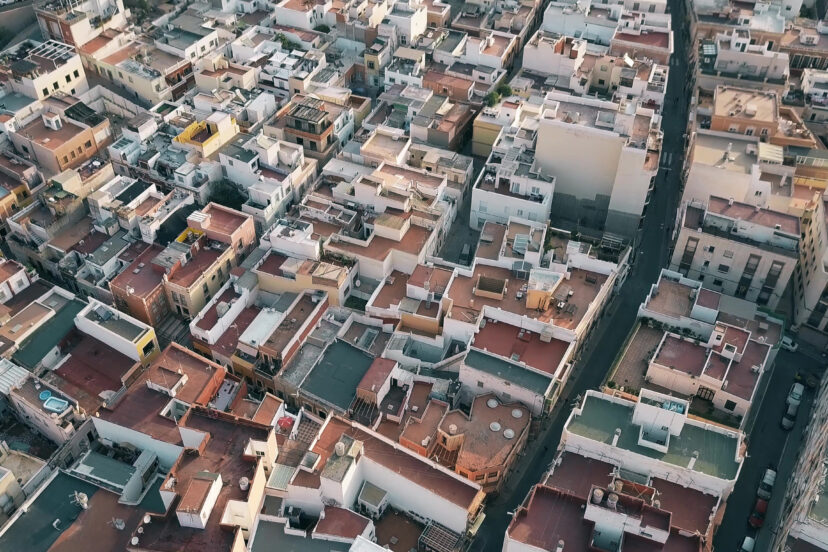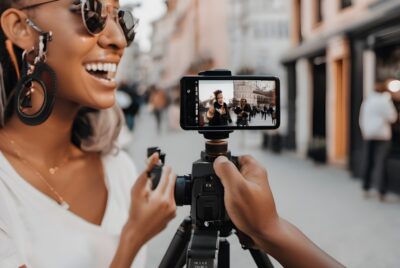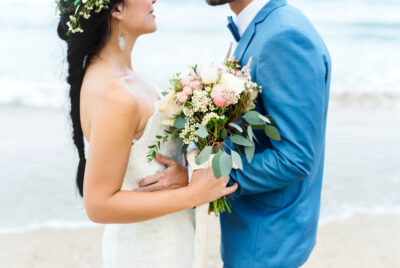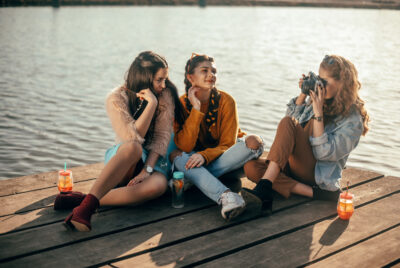Aerial Photography: A Bird’s Eye View Into Creativity
Have you ever looked out the window of a plane and been blown away by how different everything looks from above? That’s exactly how I got hooked on aerial photography. There’s something magical about capturing the world from a new perspective — it’s like seeing an everyday painting from a whole new angle. In this article, I’m sharing everything I’ve learned, from choosing gear to editing, flying safe to shooting smart.
What is Aerial Photography?
Aerial photography is all about taking photographs from above the ground — and yes, it’s just as fun as it sounds. Whether you’re using drones, helicopters, or even balloons, the goal is to showcase the world in a way we rarely get to see with our own eyes.
How I Got Started in Aerial Photography
Funny enough, I started with a cheap drone I got as a gift. I wasn’t expecting much, but once I took my first photo of a winding road through autumn trees, I was hooked. That moment made me realize just how much storytelling power aerial photography holds.
Why Aerial Photography is So Captivating
Think about it: when was the last time you saw your town from 400 feet up? Aerial shots reveal patterns, symmetry, and perspectives that are simply impossible from the ground. It adds drama, scale, and context — perfect for everything from travel blogs to real estate.
Types of Aerial Photography
Drone Photography
This is by far the most popular and accessible method. Drones like the DJI Mini 3 Pro or Mavic Air offer stunning quality at reasonable prices.
Helicopter and Aircraft Shoots
If you want more control and are working with a budget, crewed aircraft let you shoot with full-frame cameras and longer flight times.
Satellite and Balloon Photography
Okay, this one’s for the tech nerds or extreme hobbyists. High-altitude balloons or satellite data can be fun to play with if you’re into mapping or scientific photography.
Essential Gear for Aerial Photography
Best Drones for Photography
Look for drones with high-res cameras, 3-axis gimbals, and strong battery life. My go-to pick? The DJI Air 2S — 1-inch sensor, 5.4K video, and amazingly good image quality.
Cameras and Gimbals
Some drones let you swap out cameras, but built-in ones like the DJI Phantom 4 Pro are more than enough for stunning stills.
Extra Batteries and ND Filters
You will run out of battery mid-shoot, trust me. Carry at least two extras. ND filters help manage harsh sunlight for better exposure and smoother video.
Learning to Fly: Tips for Beginners
Understanding Drone Controls
Start slow. Learn what each stick does and how to hover before trying fancy movements. Most drones have beginner modes — use them!
Practicing in Open Spaces
Avoid trees, crowds, and wires. Open parks or fields are perfect for beginners to build confidence without risking a crash.
Rules and Safety in Aerial Photography
Legal Flight Zones and Permissions
This part isn’t fun, but it’s important. Always check airspace regulations in your area. Use apps like AirMap or B4UFLY to stay legal.
Avoiding Accidents and Respecting Privacy
Don’t fly over people, private property, or near airports. And please don’t be that person buzzing over a beach — it’s not cool, and it’s probably illegal.
>>> Today’s deals for cameras on Amazon CLICK HERE <<<
Composition in the Sky: Creative Techniques
Top-Down Symmetry Shots
Bird’s-eye views are stunning when you find symmetry — like roads slicing through forests or patterns in farmland.
Using Shadows and Light Direction
Sunrise and sunset are your best friends. Shadows stretch beautifully, adding drama and depth to your images.
Editing Aerial Images Like a Pro
Enhancing Colors and Detail
Even the best raw photo might need a pop. Use editing to bring out natural tones, sharpen details, and adjust highlights and shadows.
Editing Tools I Recommend
I use Lightroom for stills and DaVinci Resolve or Premiere Pro for video. Don’t overdo it — keep the vibe natural.
Challenges You Might Face (and Solutions)
Battery Life and Wind Issues
High winds drain batteries fast and affect stability. Fly during calm times and always have a backup battery.
Losing GPS or Signal
Always set a “Return to Home” point before taking off. Trust me, watching your drone fly off with no signal is a gut-wrenching experience.
Monetizing Your Aerial Photography
Real Estate and Construction
Aerial shots are huge in real estate — they show scale, surroundings, and layout. Construction companies also need progress shots from above.
Selling Stock Photos or Videos
Upload your content to sites like Shutterstock or Adobe Stock. A single clip of a beach drone flyover can earn you passive income for years.
Environmental Impact and Ethical Flying
Always respect wildlife and nature. Drones can stress animals, especially birds. Fly responsibly, stay quiet, and avoid sensitive areas like nesting sites.
Why You Should Try Aerial Photography
Aerial photography changed how I see the world. It added a layer of creativity I didn’t know I needed and helped me appreciate the beauty in structure, shape, and space. Whether you’re shooting for fun or starting a side hustle, getting into aerial photography might just be your next big passion.
>>> Today’s deals for cameras on Amazon CLICK HERE <<<
FAQs
1. Do I need a license to fly a drone for photography?
If you’re flying for commercial purposes, yes. Most countries require certification — like the FAA Part 107 in the U.S.
2. What’s the best drone for beginners?
The DJI Mini 3 is lightweight, beginner-friendly, and doesn’t require FAA registration (in some regions).
3. How high can drones fly for photography?
Typically up to 400 feet legally, which is plenty high for most shots.
4. Can I use aerial photos for commercial purposes?
Yes, if you’ve got the necessary licenses and permissions. Always check local laws first.
5. What’s one pro tip for jaw-dropping aerial shots?
Plan your shoot based on sun direction and weather — golden hour light and clear skies can transform a shot.
Further reading
Check out our other relevant articles:
Real Estate Drone Photography: Capturing Properties from New Heights





Comments are closed.